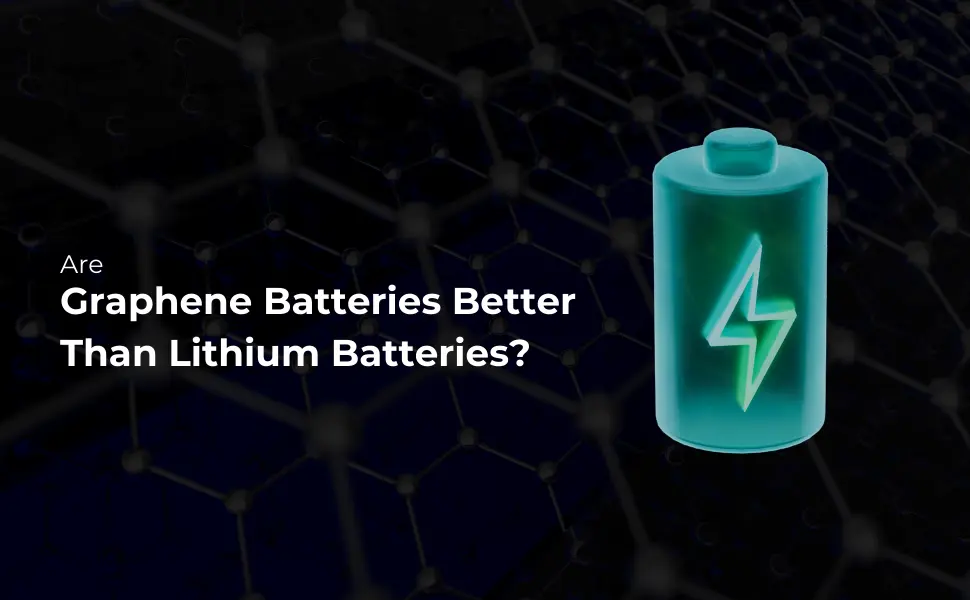As technology in storing energy advances, graphene for battery applications emerged as a potential alternative to ordinary lithium-ion batteries. Graphene is a hexagonal sheet of carbon atoms, and it is excellent in electrical conductivity, tensile strength, and thermal management.
Understanding Graphene Batteries and Lithium Batteries
Graphene Batteries
Graphene batteries integrate graphene material into the electrodes, enhancing battery performance. They take advantage of the nature of graphene to provide faster charging, increased energy storage, and longer battery life.
Lithium-Ion Batteries
Lithium-ion batteries, the current standard for consumer electronics, electric vehicles (EVs), and energy storage systems, rely on lithium-based cathodes and graphite anodes. They offer reliable energy storage, but they are limited by charging time, lifespan, and thermal management.
Key Differences Between Graphene Batteries and Lithium Batteries
1. Charging Speed
- Graphene Batteries: Since graphene is a good conductor of electricity, they charge a few times faster than lithium-ion batteries
- Lithium Batteries: Lithium batteries need longer charging time, particularly for larger applications such as electric vehicles.
2. Energy Density
- Graphene Batteries: Graphene batteries possess a larger energy density since they can hold more energy in a smaller, lighter package.
- Lithium Batteries: Have lower energy density, which can result in bulkier designs.
3. Lifespan and Durability
- Graphene Batteries: They do not lose their charge and retain less capacity over time since graphene electrodes are stable.
- Lithium Batteries: Tend to degrade faster, with the formation of dendrites reducing their longevity.
4. Thermal Management
- Graphene Batteries: Superior heat dissipation minimizes the chance of overheating and enhances safety.
- Lithium Batteries: Prone to overheating, especially during fast charging, which can lead to thermal runaway and potential safety hazards.
5. Environmental Impact
- Graphene Batteries: The creation of graphene is cleaner compared to lithium acquisition, which often involves harmful mining techniques.
- Lithium Batteries: Rely heavily on lithium and other rare minerals, raising concerns about sustainability and resource depletion.
Uses of Graphene Batteries
Graphene batteries are gaining traction in various industries, including:
- Electric Vehicles (EVs): They charge quicker and have more range than lithium-ion options.
- Consumer Electronics: Smartphones, laptops, and wearables enjoy extended battery life.
- Renewable Energy Storage: Cost-effective energy storage for solar and wind power systems.
- Aerospace and Defence: Compact and high-powered batteries for satellites and drones.
Conclusion
While lithium-ion is still the standard, graphene batteries have some benefits when it comes to charging rate, energy density, and heat management.
As research and development continue, graphene batteries could become the preferred choice for numerous applications, providing a more sustainable and efficient energy storage solution. The future of energy storage is undoubtedly being shaped by the remarkable properties of graphene.
Want to know more? Get information about Graphene Batteries here.

